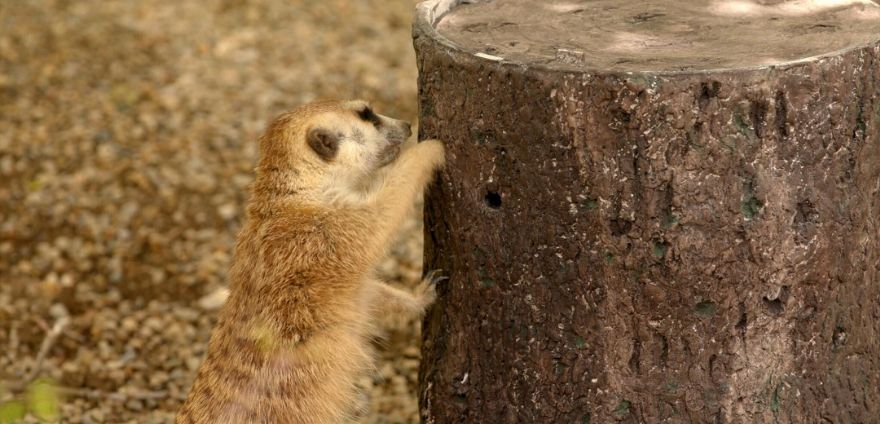
Cincinnati Zoo & Botanical Garden is home to some 2,000 animals; and thanks to a novel partnership with GE Additive, some of them are getting meals from a fabricated feeder that encourages ‘natural foraging behaviours’.
David Orban, the zoo’s ‘animal excellence manager’, said: “Something that we often think about is how to mimic natural feeding behaviours in the animals that we care for. In the wild, animals are adapted to find, acquire and process food — and it is not always easy.
“For animals in human care though, food is always available and of good quality and balance; and in many cases, it is consumed quite quickly. For example, one challenge that we often see is that, when we offer live insects to some of our birds or small mammals, they are captured and consumed in five or 10min.
“We’ve had the idea to create a more complex feeder that will extend the foraging time; this will extend the animals’ physical activity and mental stimulation, leading to more natural behaviour.”
Engineers from GE Additive’s AddWorks consulting team in Cincinnati used data collected by the zoo’s researchers and keepers to imagine how metal 3-D printing technology could help to give animals the opportunity to find their food as they would in the wild.
Shannon Jagodinski, lead engineer at GE Additive, said: “To kick things off, the zoo team showed us around and explained their goal to keep animals engaged and enriched. We were thrilled to be working with such an atypical customer on a challenge that would allow us to demonstrate that, with additive technology, the sky really is the limit.
“Additive technology allows a design to incorporate any shape, angle, structure or texture that is needed, with metal or plastic. The first thing that we considered was safety for the animals, keepers and visitors — and then the zoo’s request that the animal enrichment device look natural within the environment.”
The final product is a device that disconnects the keepers from feeding the animals and disburses food into their habitats at random times, which is more like the experience that the animals would have in the wild.
The exterior of the device replicates a tree trunk with a bark-like texture, and the inside of the feeder has a central enclosure to house crickets, which is connected to varying length tubes that exit the device at different points along the exterior.
Depending on which tube the cricket selects, it takes a different amount of time to leave the device, providing crickets to the animals at varying times.